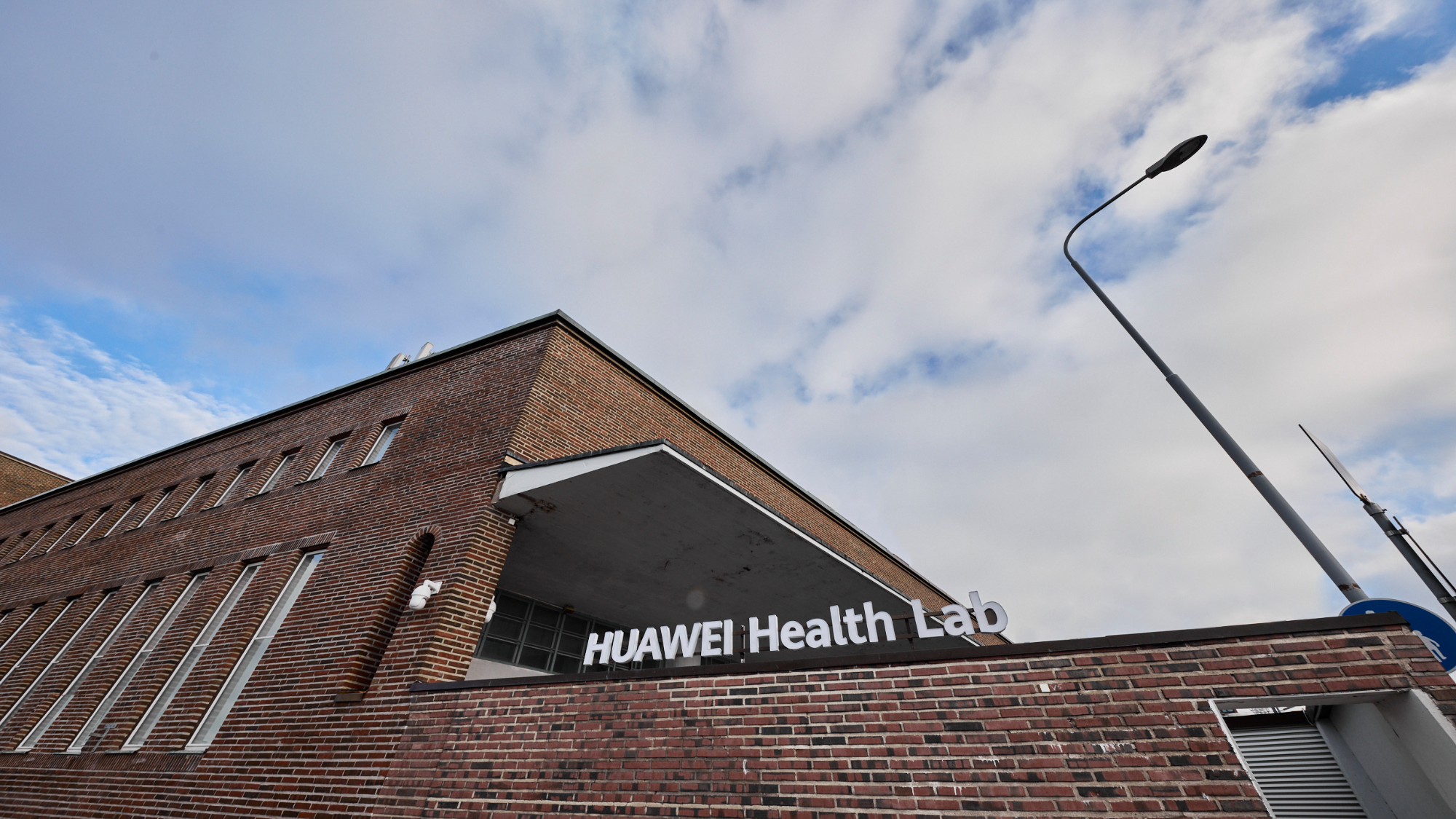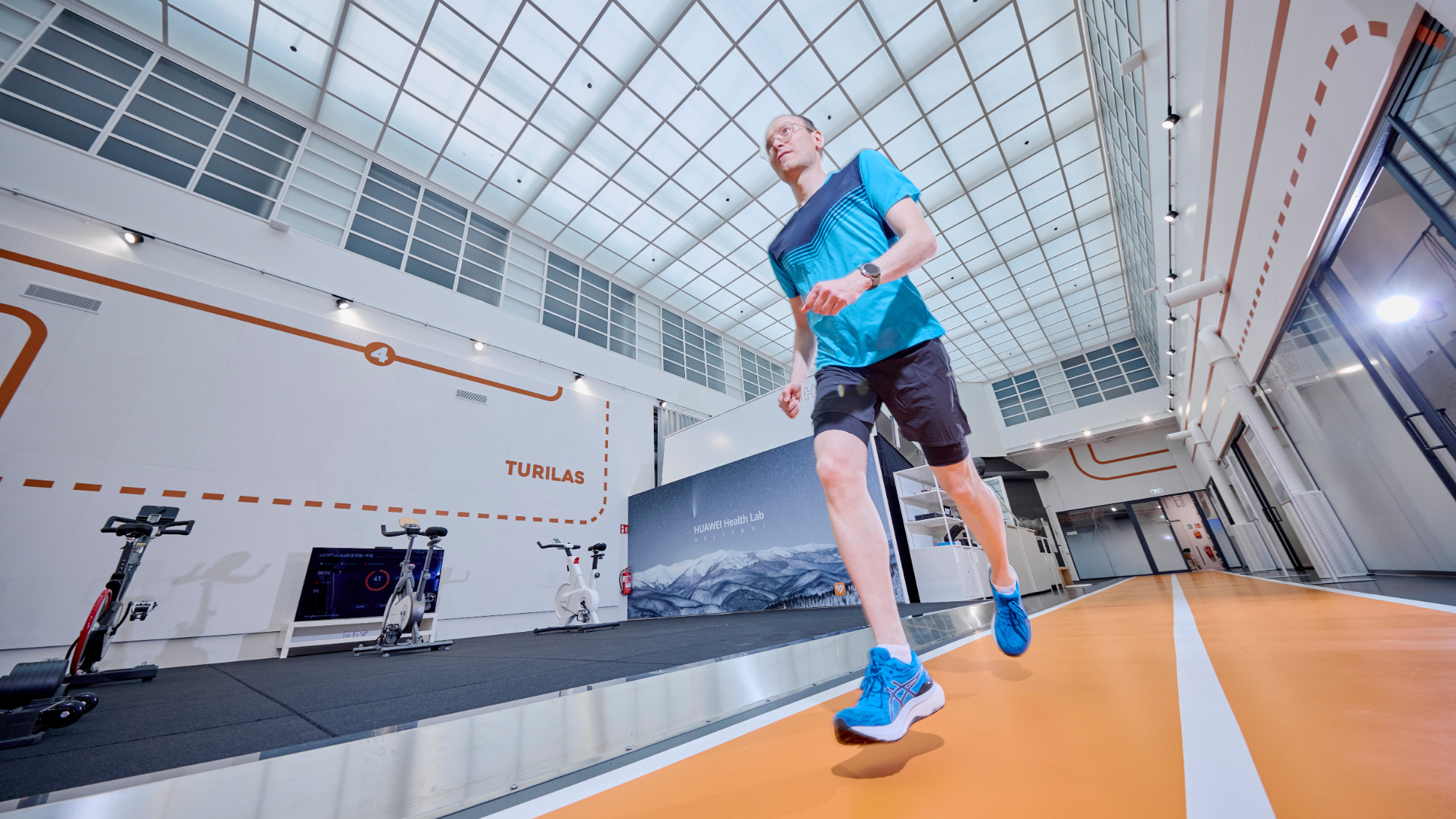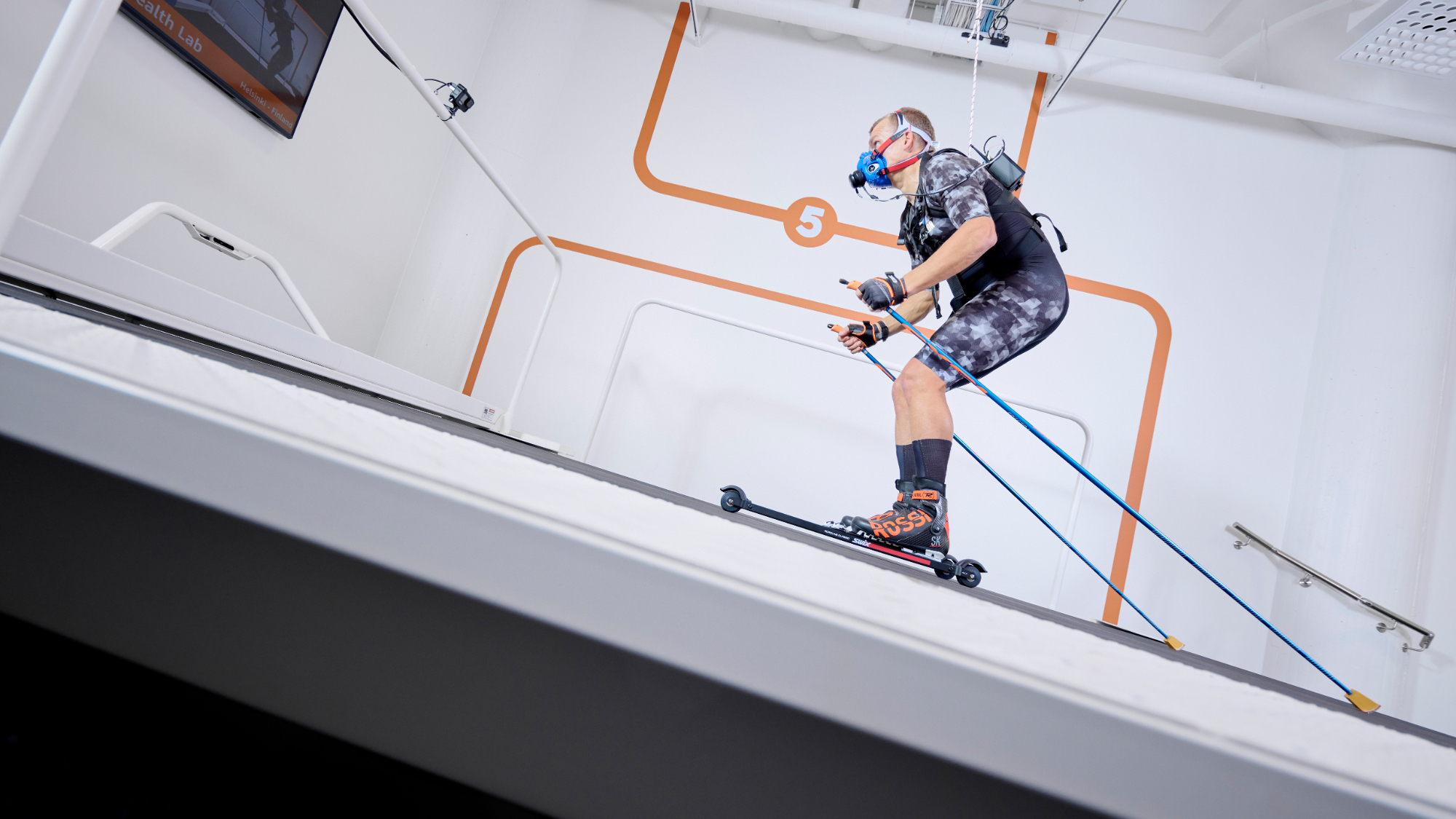
Huawei, the tech giant behind some of the most popular fitness trackers, smartphones and scales in the world, has just opened its first large Health Lab facility in Europe.
The new Huawei Health Lab in Helsinki, Finland, joins pioneering Health Labs in Xi’An and Dongguan, and follows a huge survey conducted by Huawei of European residents to find out what their attitudes and behaviours towards health and fitness are.
Over 92% of the respondents said that they want to improve at least one aspect of their health-related lifestyle and that 50% of Europeans are not satisfied with their physical fitness levels. The survey also highlighted how wearables - especially smartwatches - can help improve people’s fitness - inspiring Huawei to research and revolutionise its smartwatch products.

Introducing the new Huawei Health Lab in Helsinki
To help increase its knowledge and innovate with the next generation of its smartwatches, Huawei has built a huge laboratory in Helsinki. Covering almost 1000m2, the laboratory features accurate sports environments and scenarios for over 20 different sports.
The state-of-the-art exercise test laboratory is equipped with an athletic multi-functional treadmill designed to accommodate a variety of sports, including running, roller skating, cycling, and wheelchair cycling, and includes advanced monitoring technology to provide real-time feedback and data. This, combined with insights from user behaviour whilst on the treadmill, will allow Huawei to develop ever-more innovative and intuitive features for its smartwatches and wearables.
Huawei has also created an industry-leading counter-current “endless” pool to monitor how our bodies react when swimming. The pool offers complete control over environmental factors such as flow rate, water temperature, and water quality, and while the test participant wears a metabolic mask, their oxygen intake and cardiorespiratory endurance while swimming is recorded.
Another high-tech treadmill - something you’d certainly not see in a regular gym - uses plantar pressure sensors that detect subtle vibrations and can help create a 3D model of the user’s foot pressure when running and walking. This gives Huawei unrivalled information about the user’s posture, and that data can be used to prevent potential injuries, and helps with research into rehabilitation after sports injuries.
Perhaps most impressively, Huawei has built a huge ski simulator at its Finnish laboratory. Dubbed ‘The future of Alpine skiing research’, this part of the laboratory features an advanced Ski Simulator which allows skiers to do testing safely. The environment is tightly controlled, with adjustable speed, incline and interactive routes, and it can replicate various ski conditions.
The simulator collects information on the user’s speed, position, carving angles and other performance data, and this instant feedback can be used by skiers to help improve performance. The data collected here could also help shape how wearable technology can help skiers in the future.

The future of fitness
Huawei’s new health lab in Finland has a major goal: to shape the future of fitness. The research centre will allow Huawei to lead the way with creating innovative fitness and sports wearables that can help customers - no matter what their fitness level is - to help improve their health.
The huge amount of incredibly useful data won’t just be used by Huawei, either, but it will be shared with trusted third-party partners, such as iCAREFORCVD, the largest cardiovascular project in Europe.
Huawei has also co-founded a research partnership with the Towards Intelligent Health and Well-Being Network of Physical Activity Assessment (INTERLIVE) with six European universities to develop one of the most scientific and rigorous testing standards for consumer wearables.
The data gathered from Huawei’s health labs are also bringing huge improvements to the new Huawei Watch GT 4, with the company continuing to improve the accuracy and intelligence of the smartwatch’s health and fitness tracking - and in future, these improvements could influence the entire industry.
The future of fitness has never been so exciting.







